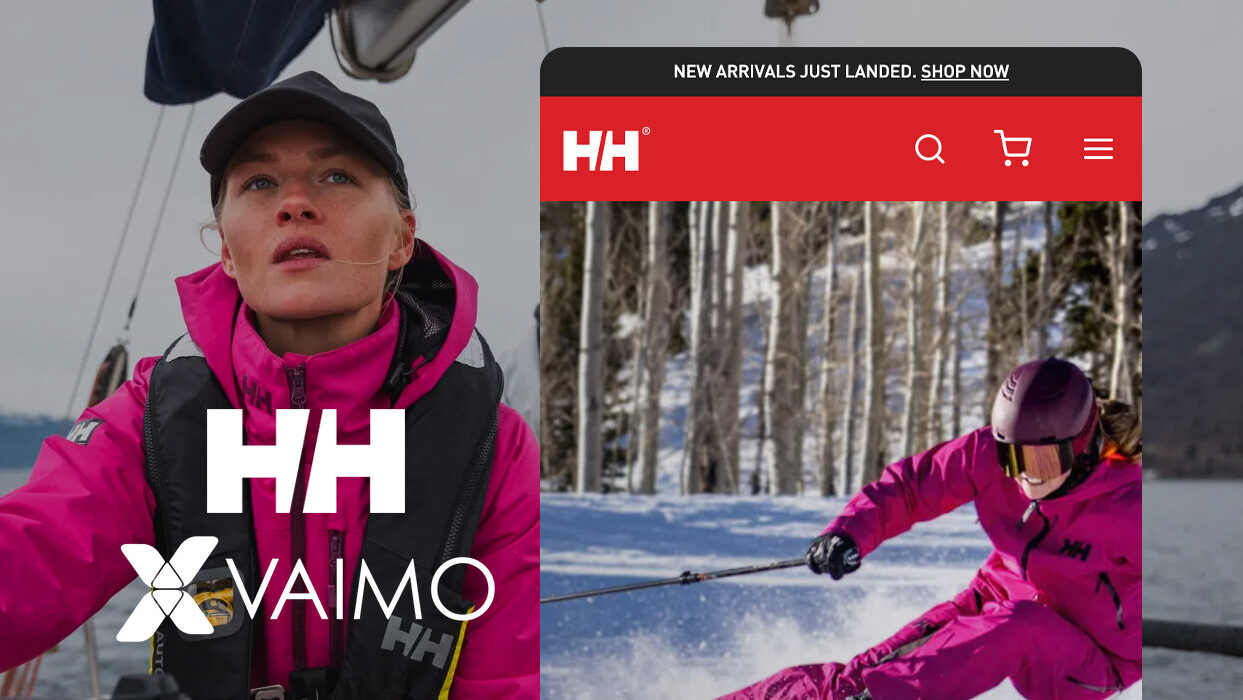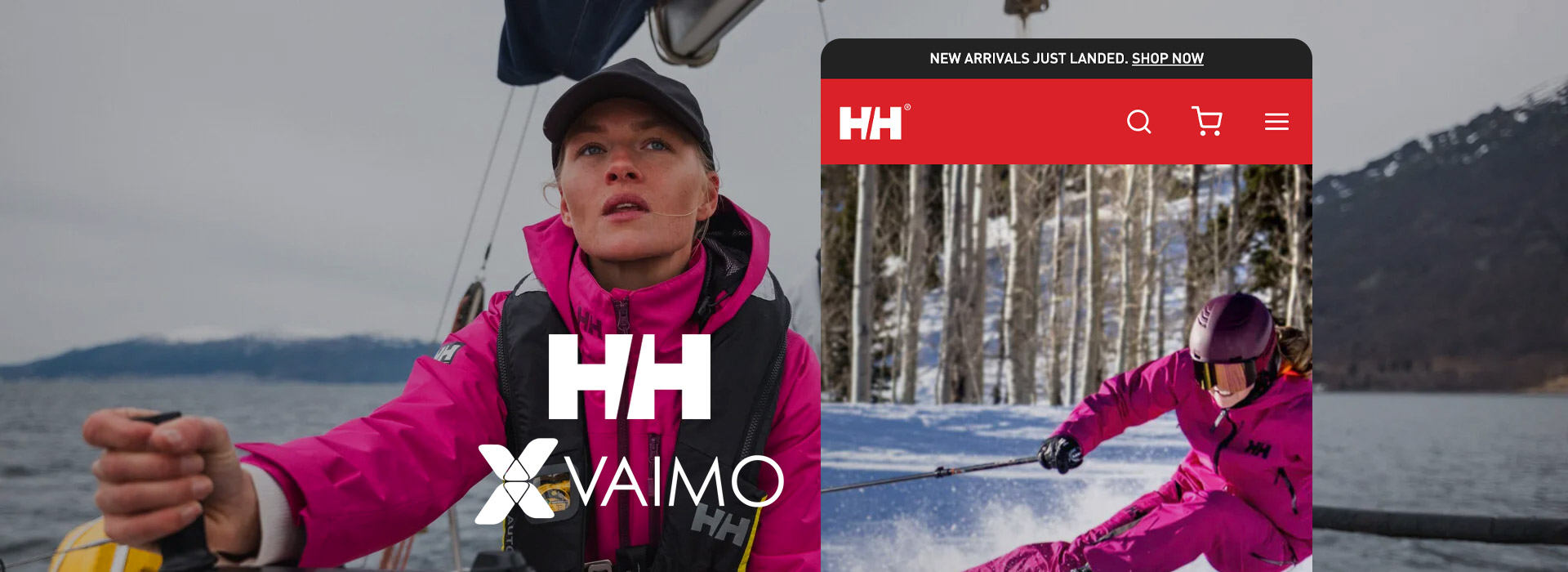Back in 2015, Vaimo’s journey with Helly Hansen began under some very unique circumstances. At the time, Helly Hansen was partnered with eBay Enterprise (formerly GSI Commerce), a global player in the e-commerce space. My involvement with the project kicked off when eBay Enterprise was looking for a migration solution to transition Helly Hansen away from its proprietary GSI platform onto something more flexible and powerful.
This moment marked the beginning of Helly Hansen’s e-commerce transformation, but also a significant milestone in the history of Magento (now Adobe Commerce). For some context: in 2011, eBay acquired Magento as part of its broader strategy to expand its X.Commerce initiative. This acquisition changed the course of Magento’s journey and introduced a variety of strategic shifts, such as the exit of Magento’s co-founder Yoav Kutner. The platform was later spun out as an independent company and eventually sold to the private equity firm Permira in 2015. The same year, Vaimo, as a trusted partner, began the migration project for Helly Hansen.

From the outset, I knew that the complexity of this migration required more than a “lift and shift” approach. Helly Hansen, as a heritage brand rooted in providing technical gear to withstand the harshest elements, needed an online presence that was robust, scalable, and could continue evolving. Our collaboration with them went beyond simply moving to Magento—it was about setting a foundation that could support future growth and align with their broader brand vision.
A Multi-phase Digital Evolution
Since those initial days of partnering with Helly Hansen, the project has seen multiple phases of transformation. Each iteration focused on leveraging new technologies and addressing Helly Hansen’s changing business needs:
Custom Next.js Solution: The most recent evolution has been the shift to a custom Next.js solution. With a focus on flexibility and performance, this headless architecture enabled Helly Hansen to decouple the frontend experience from the backend systems, allowing the brand to innovate rapidly and offer unique digital experiences.
The Move to Magento 2: The first major overhaul saw Helly Hansen upgrade from Magento 1 to Magento 2. This transition was more than just a necessary platform upgrade—it set the stage for a more modular and future-proofed digital architecture.
Adobe Commerce Cloud: With Magento becoming Adobe Commerce, Helly Hansen embraced the capabilities of Adobe’s broader ecosystem, enabling deeper integrations with marketing and analytics tools. This transition aligned with the brand’s focus on delivering a seamless customer experience.
PWA Studio Integration: As mobile traffic surged, we led the effort to implement a progressive web application (PWA) using Magento PWA Studio. This move significantly improved mobile performance and allowed the brand to deliver a faster, more app-like experience to its users.
Lessons Learned and Looking Ahead
My involvement in these early discussions and decisions with Helly Hansen has reinforced several key insights:
- E-commerce is Never “One and Done”: The digital landscape evolves rapidly, and so must e-commerce strategies. Staying agile and open to new technologies is crucial to long-term success.
- Partnerships Matter: Our work with Helly Hansen has always been a two-way conversation. Their willingness to invest in future-proofing their digital presence and our role in providing strategic direction have been the pillars of this ongoing partnership.
- Customer Experience is King: The transition from a monolithic platform like Magento 1 to a headless, PWA-driven, and now custom-built Next.js solution has always centered on one thing: delivering an exceptional customer experience.
The Helly Hansen project has been a fascinating journey of navigating technological shifts while keeping a sharp focus on brand consistency and customer experience. Today, I see Helly Hansen’s digital platform as a prime example of how brands can scale and adapt their e-commerce presence to stay relevant and competitive.
With each phase, we’ve worked to ensure that Helly Hansen not only meets today’s e-commerce expectations but is also set up to tackle tomorrow’s challenges head-on.
Don’t forget to read the full case study and watch the video with Vaimo’s co-founder PJ Utsi here: https://www.vaimo.com/work/hellyhansen/
Until next time! 🫡









